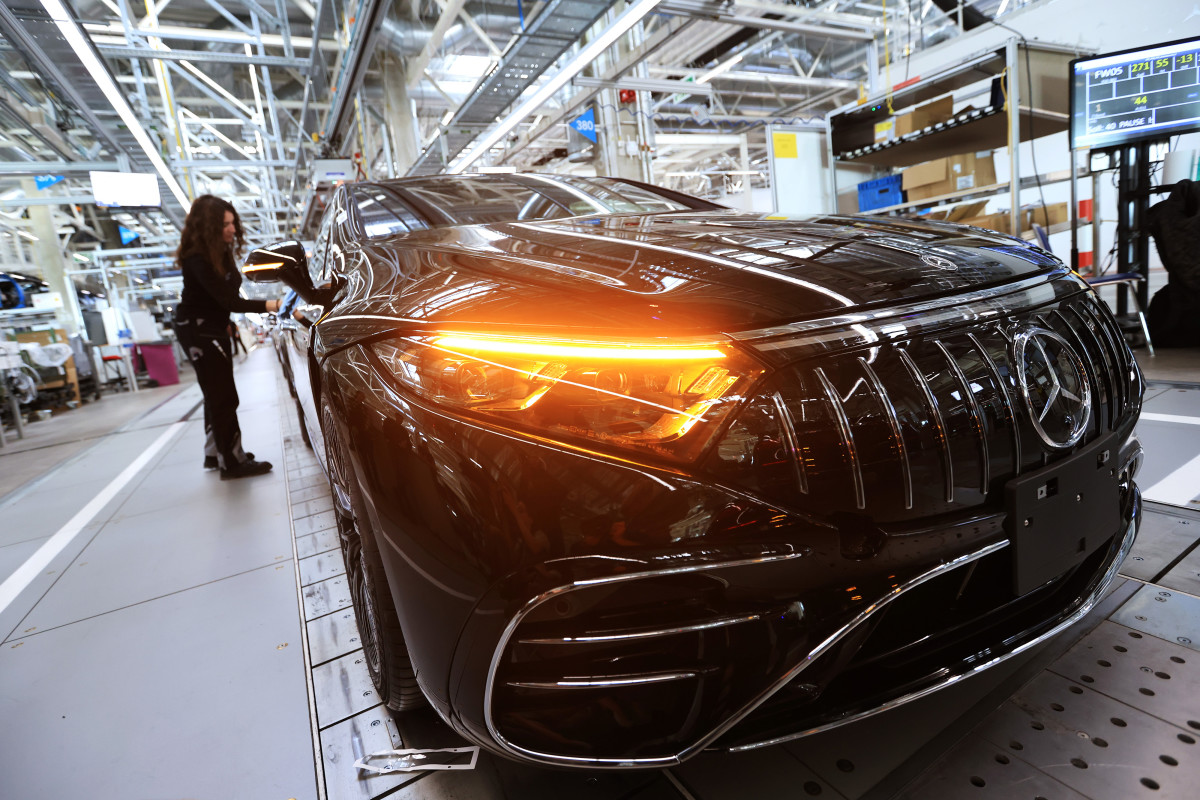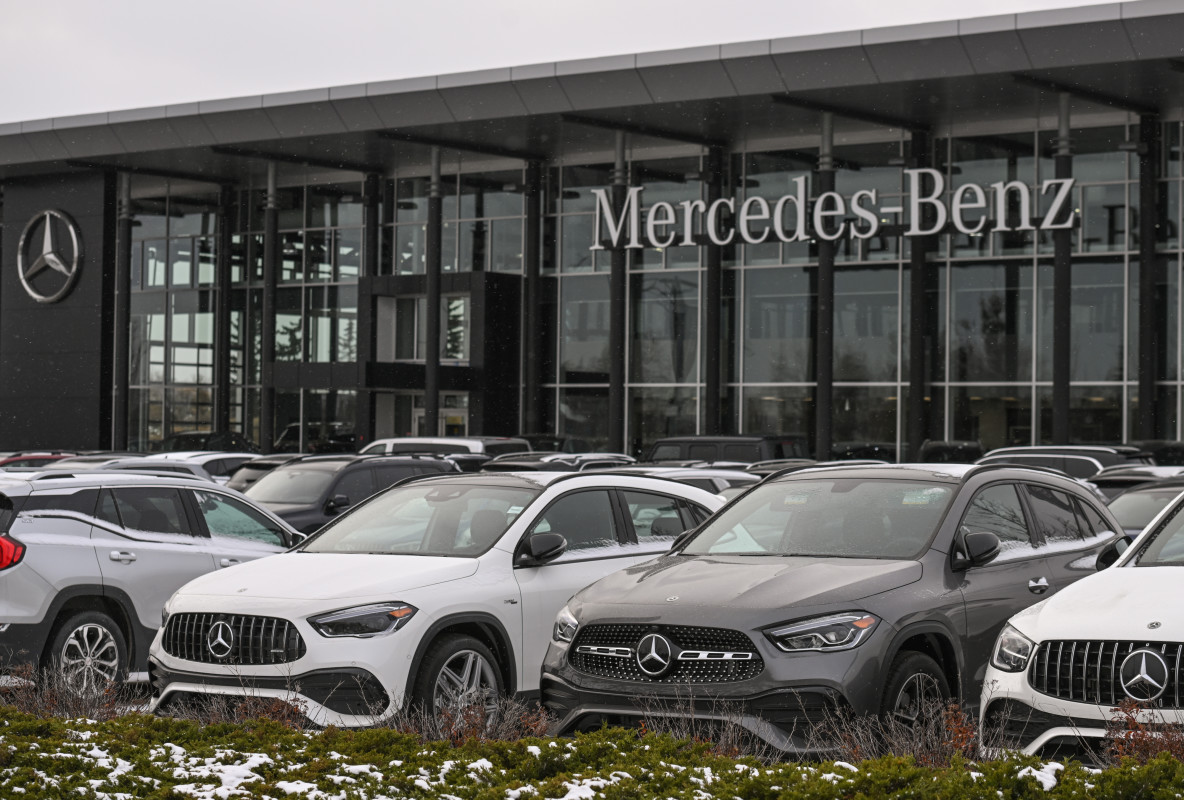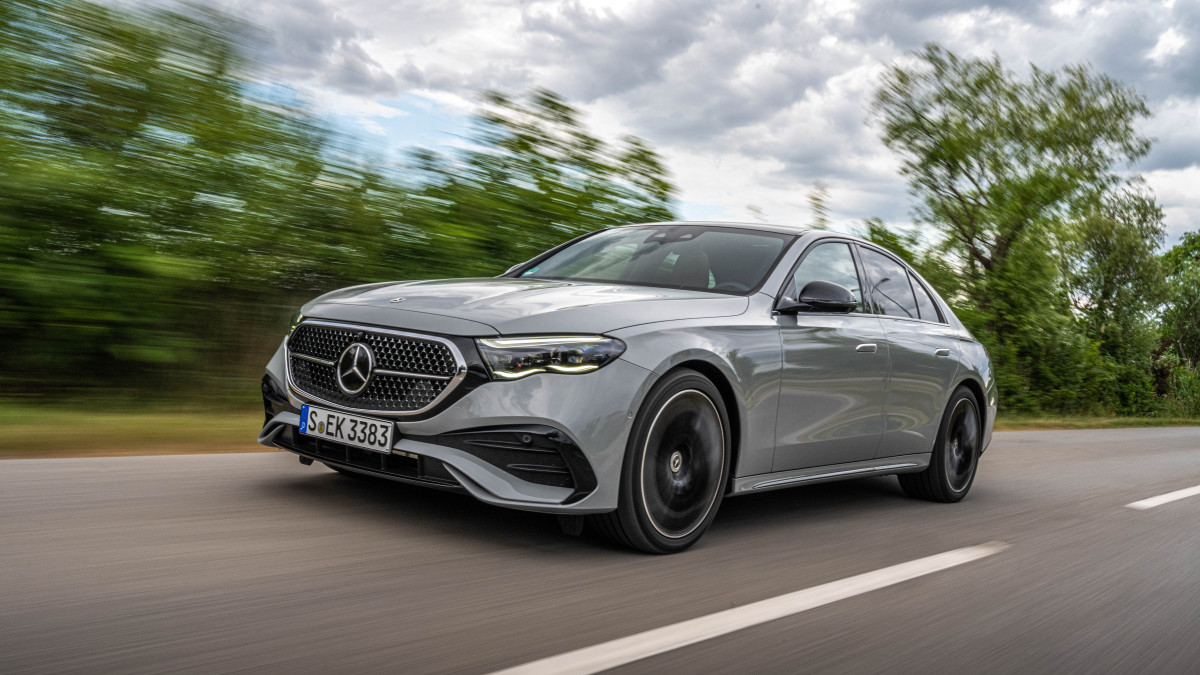
For dealers selling Mercedes-Benz (DDAIF) cars and SUVs, a new shift in stateside sales strategy seems like a godsend, but is also a dire reflection on EV adoption.
Related: Popular YouTubers put a shocking end to the Cybertruck vs. Porsche debacle

According to a report by Automotive News, the three-pointed star announced at a recent dealer meeting in Las Vegas that the brand is shifting its sales strategy from selling high-margin vehicles such as the AMG performance models, the boxy G-Class SUV, the S-Class sedan and EQ electric line to more mass-market models.
At the meeting, Mercedes announced plans to deliver 25 new and updated models to its dealerships this year — with the most anticipated being a new E-Class, a new CLE coupe and convertible, as well as a plug-in hybrid version of the GLC crossover SUV.
The brand is attempting to shift from its widely-criticized EV push, as demand for electric cars in the U.S. has dwindled — which previously had dealers up in furor.

One dealer who attended the Las Vegas event told Automotive News that he welcomed the new strategy because the stockpiles of unsold high-ticket cars were costing them too much sitting unsold.
"The carrying expense is choking me," the dealer told AN. "I'd rather have entry-level vehicles with a turn rate of less than 30 days that I can make a small profit on than carry $100,000 [electric] vehicles for half a year and lose money on."
The three-pointed star told dealers at the meeting that it expects a double-digit percentage of U.S. vehicle sales to north of 300,000 vehicles. In 2023, U.S. Mercedes sales dipped about 1.6% from 2022 figures, selling roughly 282,229 cars from its dealers in the states.
"Last year was about profitability; this year is about sales growth," a Mercedes executive said at the meeting, according to one of the dealers.

Mercedes-Benz
Mercedes-Benz USA sales and product management VP Senol Bayrak said that the brand expects the midsize E-Class and compact C-Class sedans, as well as its GLE and GLC crossovers to carry much of the bulk of the sales. Additionally, Bayrak noted that the brand will focus more on a mixed powertrain strategy to offer more choices for its customers.
"We're very happy to bring into the market what is needed, which is the right balance of ICE products, electric products and now also adding PHEV into the mix," he said.
Mercedes' electric experiment did not fare well for its dealers. Edmunds data last October showed that Mercedes branded electric vehicles sat on dealer lots for an average of 82 days - a long time compared to the luxury segment's average of 57 days.
More Business of EVs:
- A full list of EVs and hybrids that qualify for federal tax credits
- Here’s why EV experts are flaming Joe Biden’s car policy
- The EV industry is facing an unusual new problem
One dealer feels that despite Mercedes' efforts to build a quality EV, it is no use if people aren't willing to buy it.
"I don't think the space for Mercedes is there," a Mercedes dealer told AN. "Most of our high-end clients seeking performance-oriented cars will pick a gasoline engine over an electric motor."
Related: Veteran fund manager picks favorite stocks for 2024







